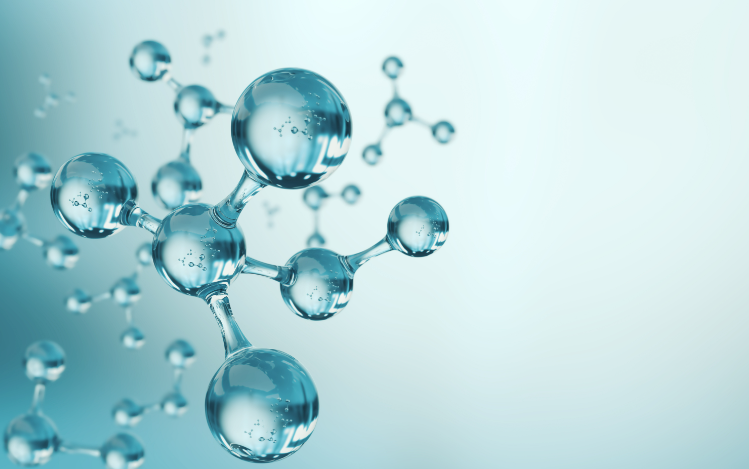In the fields of life sciences, pharmaceutical development, and beauty skincare, the demand for bioactive molecules is shifting from 'generic' to 'precision' - traditional standardized peptides often fail to meet the specific research objectives or application scenarios, while the rise of peptide customization technology acts like a 'bespoke key' tailored for different fields. By precisely regulating amino acid sequences, structural modifications, and functional designs, peptide molecules can operate more efficiently, more specifically, and more compatibly, becoming a core driving force for interdisciplinary innovation.
Core Customization Dimensions: Precise Control from Structure to Function.
1. Customized amino acid sequences: This is the foundation of peptide customization. Researchers or companies can design specific arrangements of amino acids based on the target function (such as antibacterial, growth promotion, or targeted binding) — for example, targeted peptides for cancer treatment need to incorporate amino acid segments that can recognize receptors on cancer cell surfaces; signal peptides for skin anti-aging must be designed to activate fibroblasts.
2. Structural modification customization: Optimizing the stability, permeability, and activity of peptides through chemical modifications. Common modifications include N-terminal acetylation (to enhance resistance to enzymatic degradation), C-terminal amidation (to improve solubility), cyclization (to enhance binding to receptors), and the introduction of special amino acids (such as D-amino acids and phosphorylated amino acids). For instance, when customizing oral hypoglycemic peptides, lipid-soluble modifications can enhance intestinal absorption efficiency, addressing the low bioavailability of traditional orally administered peptides.
3. Functional customization: Endowing peptides with "extra abilities" to expand application scenarios. For example, coupling fluorescent groups or radioactive markers in diagnostic peptides to turn them into "molecular probes"; adding transmembrane domains in drug delivery peptides to assist drug penetration through cell membranes; and combining antioxidant groups in beauty peptides to achieve dual effects of "anti-aging and repair."

Custom scale and purity customization: Adapt to different requirement scenarios.
1. Customized Scale: Services ranging from microgram level (for laboratory research use) to kilogram level (for industrial production use) can be provided according to demand. For example, when research institutions study the mechanism of action of a certain type of antimicrobial peptide, they only need milligram level customized products; whereas cosmetics companies that produce essence containing customized peptides in bulk require high-purity polypeptide raw materials at kilogram level.
2. Customized Purity: Products with different purity levels are provided according to the requirements of the application field — research peptides typically require a purity of over 95%, while pharmaceutical-grade peptides (such as injectable peptide drugs) must achieve ultra-high purity of over 99.5% to avoid safety risks caused by impurities.Customized peptides are an "important tool" in life science research. For example, in neuroscience research, customizing specific sequences of neuropeptides (such as opioid peptide analogs) can help scientists decipher the mechanisms of neural signal transmission; in cell biology research, customizing fluorescently labeled cell-penetrating peptides can trace the process of peptides entering cells, providing direct evidence for drug delivery research. Additionally, customized peptides for rare disease research can fill the gaps in standardized peptide libraries and promote the advancement of research in niche diseases.
Post time: 2025-09-24
